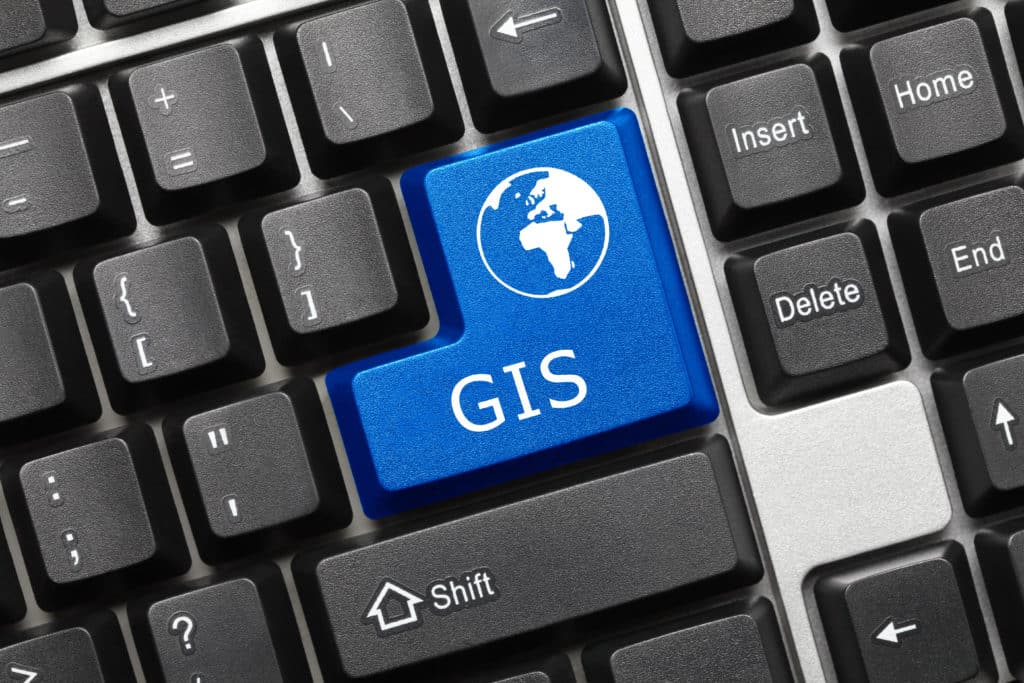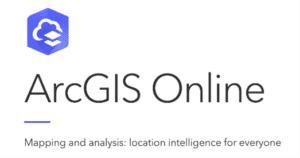

What Is GIS and How Can It Benefit My Project?

If you’re new to the field of GIS and aren’t sure where to start, you’re not alone. If you’re like most people, you’ve probably done what most people do when they’re unfamiliar with a topic and performed a cursory Google search. And said Google search probably led you to a Wikipedia page rife with complex terminology, industry jargon, and maybe even a few mind-boggling equations.
Thankfully, we’re here to help you get familiar with all things GIS. Before we get into it, in order to understand what GIS is (and its various applications), it’s important to note that GIS is based on the science of geography.
In this blog, we’ll review what GIS is and what some of the main benefits are, so you can decide if this technology would be a beneficial investment for your next project.
What Is GIS?
Geographic Information Systems (GIS) is a technological system that leverages locational and tabular data, computer hardware, and software to gather, map, and analyze geographically referenced data. GIS allows users to organize, visualize, and analyze different layers of data by creating maps and scenes.
With the ability to clearly visualize different types of data, users are enabled to uncover patterns, understand trends, monitor changes, and respond to events—facilitating better decision making. It has a wide range of applications in industries like supply chain management, insurance, forestry, urban planning, and many others.
How Is GIS Used?
Coagulation is the process of removing dirt and other particles from the water. Chemicals like Alum, which feature a positive charge, are added to the water to neutralize the negative charge that comes from the dirt and other particles. The particles and chemicals bond, forming a loosely clumped mass of particles called floc.
GIS Mapping
If you’ve ever used Apple Maps or Google Maps, you’ve encountered a GIS mapping solution. In addition to being used in everyday life by the general public, mapping solutions are also used by cities and municipalities for things like viewing assets in the field and making informed decisions.
Urban Planning
GIS data makes urban planning easier than ever before. It enables users to analyze urban areas for planning, expansion, and development—while allowing them to be aware of important considerations needed to be successful.
Transportation Optimization
In cities with public transportation, issues often arise. If you live in a city with public transportation, you may have even encountered some of these issues. One of the tools commonly used for managing transportation issues is GIS. Environmental and topical data also enable transportation companies to easily plan and optimizes routes and railways.
Environmental Analysis
GIS also enables effective analysis of the environment (and humans’ impact), which provides insight into critical environmental issues like climate change and deforestation. Without an in-depth understanding of our environment and the issues plaguing it, it’s impossible to determine what actions are needed to mitigate or reduce the damage.
Natural Resource Management
On top of protecting our environment as best as possible, it’s also critical to be aware of our natural resources and manage them appropriately, which GIS information can help with. Mapping provides insight into things like the geographic distribution of water and other important natural resource areas.
The Benefits of GIS + Your Project
Enable Better Decision-Making
Having access to information enables better decision-making and provides the data needed to make informed decisions in an easily understandable format. With GIS, the municipal decision-making process becomes smarter by providing users with the spatial analysis needed to make accurate decisions. Whether your project is a municipal one or focuses on a different area, GIS software can help you and your team make better decisions.
Access Centrally Located Data
With GIS software at your fingertips, you can have a virtually unlimited amount of data available to you—wherever you are. And all of the information you record is tied to a map, so there’s always a central location to come back to if you need to retrieve something later.
Easily Organize Information
A GIS tool provides an intuitive, user-friendly, and clear display of information, making it easy to organize data, maps, and other necessary resources. You can even view multiple layers of data at once. Having data and information organized and available when needed enables users to do their jobs more effectively and efficiently, no matter what they are.
What Is ArcGIS?

ArcGIS is a cloud-based mapping and analysis platform. Like many other GIS solutions, ArcGIS can be used to make maps, analyze data, and collaborate with team members. ArcGIS easily enables users to retrieve global maps and data, along with tools for use in the field. All ArcGIS data and maps are stored within a secure, private infrastructure and if needed, can be configured to meet your specific mapping and IT requirements.
What Can I Do with ArcGIS Online?
With ArcGIS Online, it’s easy to visualize both two- and three-dimensional data. You can easily share maps with team members when needed or keep them all to yourself. Collaborating with your team is seamless, too, as you can create maps, scenes, apps, and share notes. ArcGIS Online also features intuitive analysis tools that make it easier to understand data and make appropriate decisions based on analysis and findings.
Carroll and ArcGIS
 At Carroll Engineering, we know the big benefits that tools like ArcGIS can bring to your projects. And after reading this blog post, we hope it’s easy for you, too, to see how better decision-making and access to organized, centrally located data and information can help you and your team.
At Carroll Engineering, we know the big benefits that tools like ArcGIS can bring to your projects. And after reading this blog post, we hope it’s easy for you, too, to see how better decision-making and access to organized, centrally located data and information can help you and your team.
To learn more about our services and to see featured projects, click the following link: GIS & IT services.
When you’re ready to start your next project, contact us.
For more information or questions relating to Geographic Information Systems & IT services, please contact Matthew Garber, MCSE, Senior Vice President and Manager of our GIS & IT Department directly at mgarber@carrollengineering.com or call 215-343-5700 ext 264.
